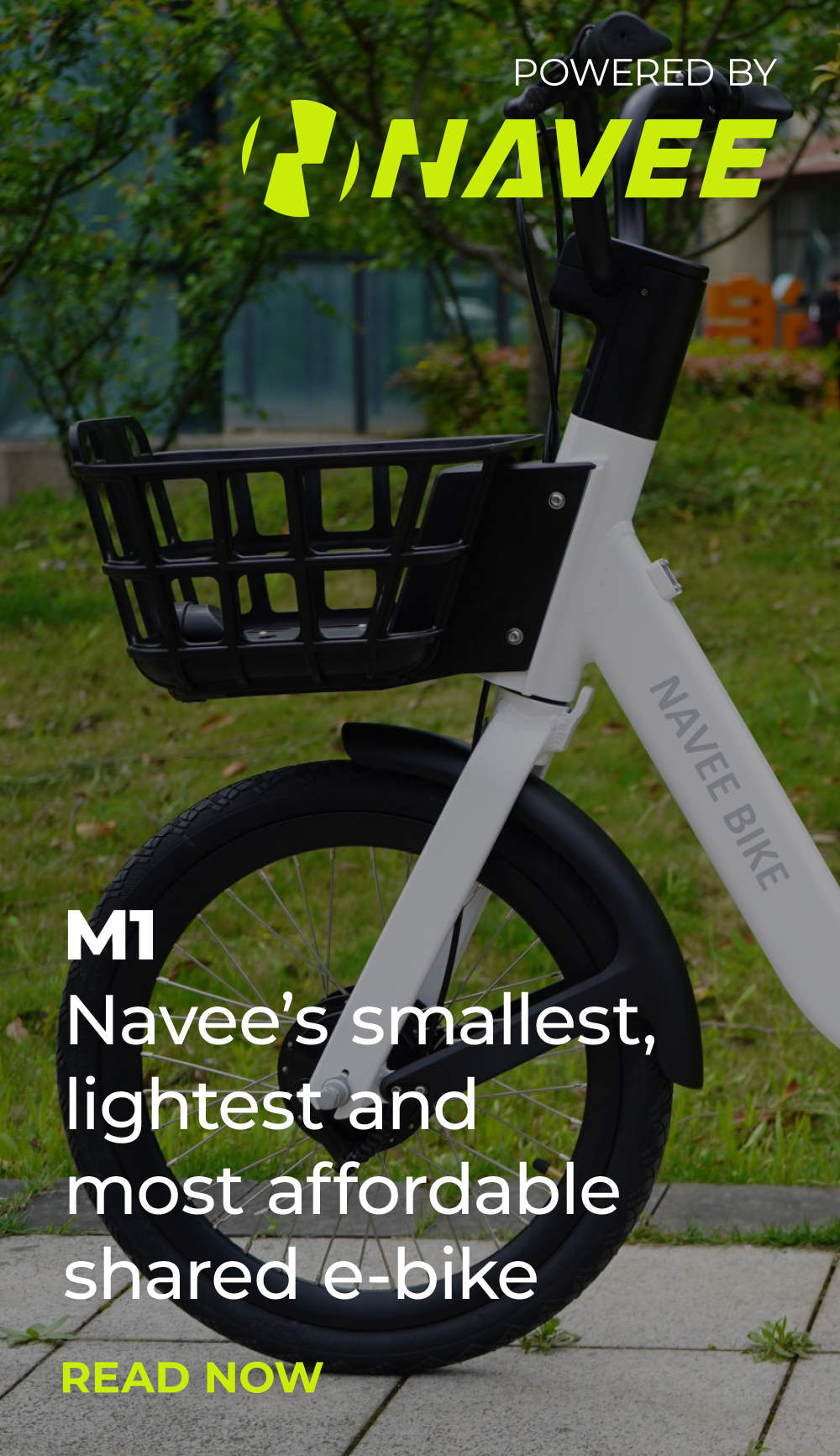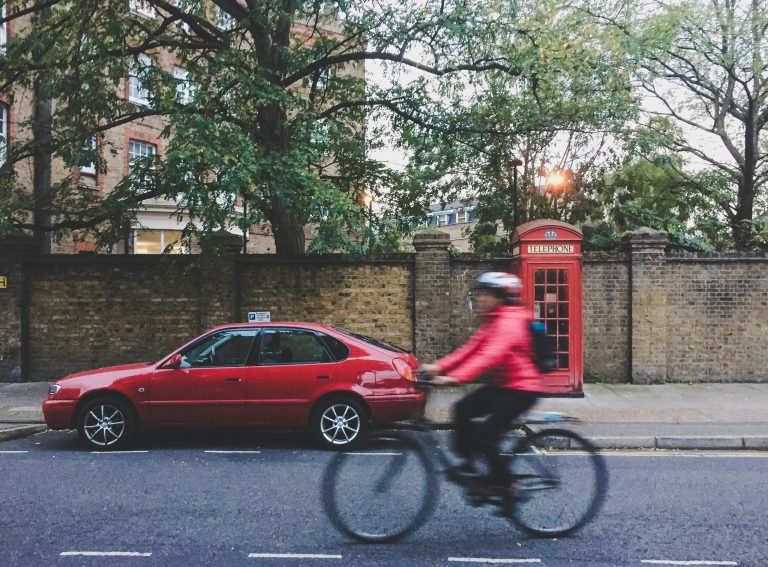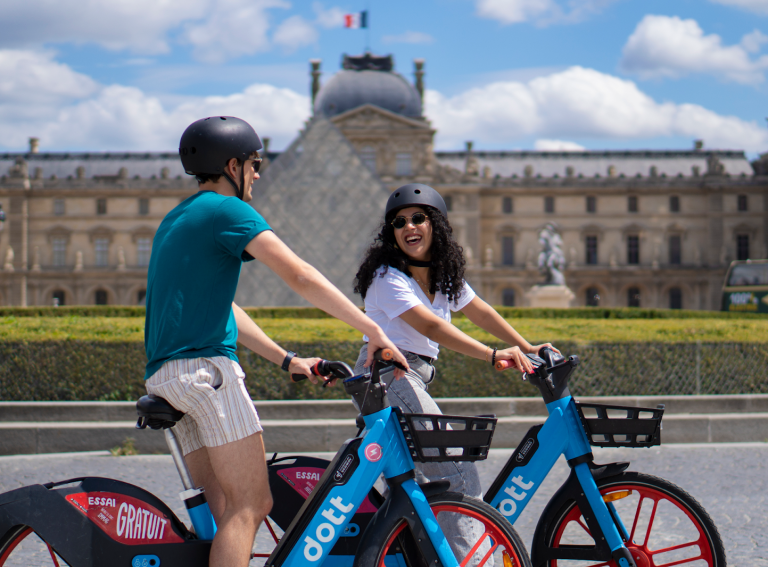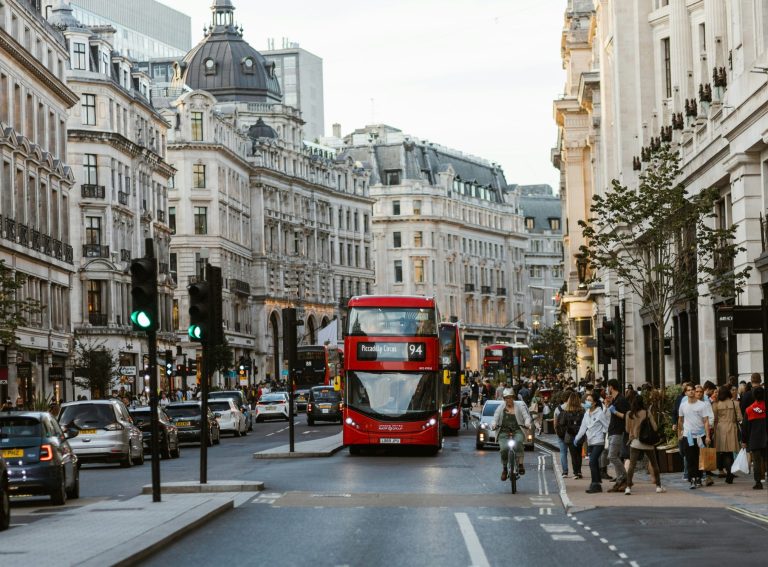The Italian government has introduced a new 20km/h speed limit for e-scooters as part of an update to the country’s Highway Code.
Effective from 10 November, e-scooters have had their maximum allowed speed reduced from 25 to 20km/h, while they are capped at 6km/h in pedestrian areas.
E-scooters have also been banned from being ridden on pavements and can only be parked in certain permitted areas, while riders are now required to take a photo of their parked e-scooter at the end of each journey.
There are more than 40,000 shared e-scooters available for hire in Italy, with Helbiz and Bit Mobility the market leaders.
In other changes, riders now have to wear high-visibility clothing when it is dark, while the e-scooters must possess indicators and a rear stoplight.
Riders must be over the age of 14 to hire a device and users under 18 have to wear a helmet
Lime operates around 6,000 shared e-scooters in Italy, with a spokesperson telling Zag Daily that the firm is “supportive” of the new speed limit.
“We’re generally satisfied with the new regulations, as it enables us to continue our business in the best way possible,” they said.
“We are supportive of reducing the speed from 25 to 20hm/h. We also hope that this restriction is applied to the other vehicles with the introduction of the ‘zone 30’ in urban areas.”
Dott meanwhile has a fleet of around 4,000 e-scooters, and a spokesperson told Zag Daily: “We welcome these new regulations which will ensure that e-scooters remain the most efficient way to travel across city centres, whilst being safe for our riders, other road users and pedestrians.
“We have updated our technology to ensure that all our vehicles in Italy comply with the new rules, reinforcing the enhanced safety of shared e-scooters over private vehicles due to the ability to control speed, parking and no-go zones. We will continue to invest in our vehicles and our latest model already has indicators, lights and double breaks ahead of the new regulations for those measures from next year.”






